ലോകത്തെ ആദ്യ ഹരിതവിപ്ലവം-ഒരു മെക്സിക്കന് സ്റ്റോറി
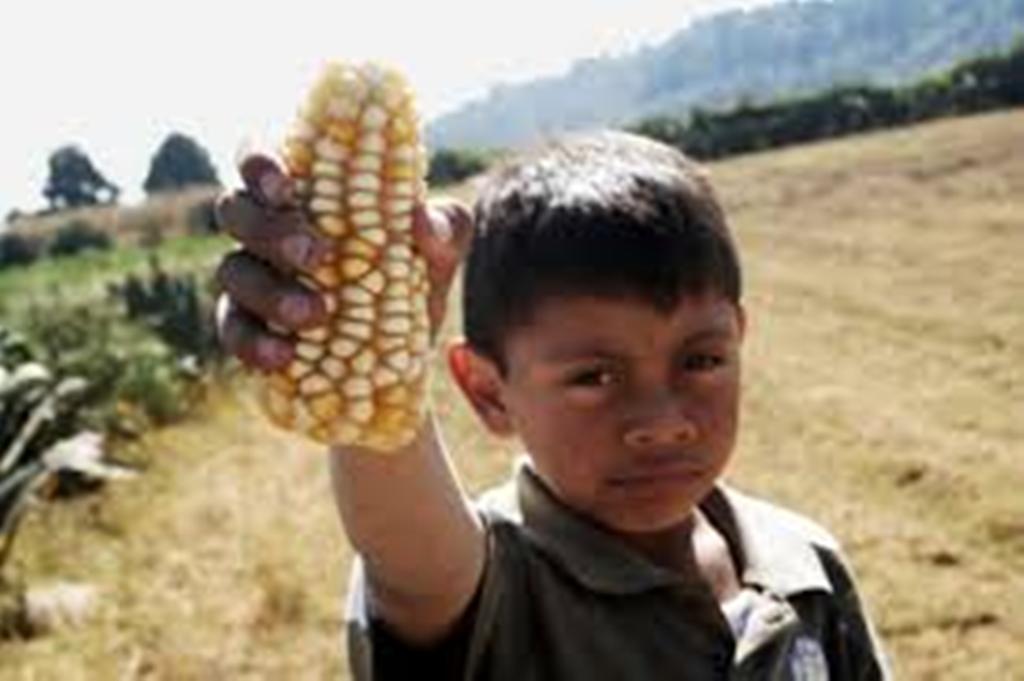
ഇന്ത്യയില് ഹരിത വിപ്ലവം നടക്കുന്നതിനും വര്ഷങ്ങള്ക്കു മുന്പാണ് റോക്ഫെല്ലര് ഫൗണ്ടേഷന് മെക്സിക്കോയില് ഹരിത വിപ്ലവം യാഥാര്ത്ഥ്യമാക്കിയത്. ആരോഗ്യ മേഖലയില് നിന്നും കൃഷിയിലേക്ക് എത്താന് ഫൗണ്ടേഷനെ പ്രേരിപ്പിച്ചതും മെക്സിക്കന് സ്റ്റോറിയാണ്.

കഥയിങ്ങനെ
റോക്ക്ഫെല്ലര് ഫൗണ്ടേഷന്റെ (RF)അന്താരാഷ്ട്ര ആരോഗ്യ ഡിവിഷന്(IHD) അസോസിയേറ്റ് ഡയറക്ടര് ജോണ്.എ.ഫെറല് 1930 കളില് RF നേതൃത്വത്തോട് മെക്സിക്കയിലെ കാര്ഷിക മേഖലയെ ശക്തിപ്പെടുത്തുന്ന പദ്ധതികളില് ഇടപെടണമെന്ന് നിര്ബ്ബന്ധിച്ചിരുന്നെങ്കിലും അതവര് ചെവിക്കൊണ്ടില്ല. എന്നാല് 1940-കളില് ലോകത്താകെ ഉണ്ടായ മാറ്റങ്ങള് RF നേതൃത്വത്തെ മാറി ചിന്തിപ്പിക്കാന് പ്രേരിപ്പിച്ചു. ലോകമഹായുദ്ധം കാരണം യൂറോപ്പിലും ഏഷ്യയിലുമുള്ള പദ്ധതികള് ഉപേക്ഷിക്കേണ്ടിവന്നു റോക്ക്ഫെല്ലര്ക്ക്. അപ്പോള് ജീവനക്കാര്ക്ക് മറ്റൊരിടം ലഭ്യമാക്കേണ്ടത് അനിവാര്യമായി. ഇതേസമയം മെക്സിക്കന് പ്രസിഡന്റ് മാനുവല് അവില കമാച്ചോ (Manuel Avila Camacho) മെക്സിക്കന് കാര്ഷിക മേഖല മെച്ചപ്പെടുത്താനും സാമ്പത്തികമായി ഉയര്ച്ചയുണ്ടാക്കാനും അമേരിക്കയുടെ സഹായം ആവശ്യപ്പെടുകയും ചെയ്തു. ഈ സാഹചര്യത്തിലാണ് RF കാര്ഷിക രംഗത്ത് ആദ്യമായി ശ്രദ്ധ കേന്ദ്രീകരിക്കുന്നത്.
മെക്സിക്കന് പരീക്ഷണം
റോക്ഫെല്ലര് ഇടപെടലിന്റെ ഉത്ഘാടന പരിപാടിയില് സംബ്ബന്ധിച്ച യുഎസ് വെസ് പ്രസിഡന്റ് ഹെന്റി.എ.വാലസ് ഒരു പ്രമുഖ അയോവ ചോളം ബ്രീഡര്(Iowa corn breeder )ആയിരുന്നു. അദ്ദേഹം മെക്സിക്കോ സിറ്റിയുടെ പരിസരത്തുള്ള ഫാമുകള് സന്ദര്ശിച്ച ശേഷം RF പ്രസിഡന്റിനോട് പറഞ്ഞു, മെക്സിക്കോയിലെ ചോളം,ബീന്സ് എന്നിവയുടെ ഉത്പ്പാദനം വര്ദ്ധിപ്പിച്ചു നല്കാന് കഴിഞ്ഞാല്, ഈ ജനതയ്ക്ക് അതില്പരം മറ്റൊന്നും വേണ്ടി വരില്ല. മൊത്തം ഭൂമിയുമായി താരതമ്യം ചെയ്യുമ്പോള് ജനസംഖ്യ കുറവായിരുന്നെങ്കിലും മെക്സിക്കന് ജനത ജനപ്പെരുപ്പമുളള ഒരു നാടിന്റെ എല്ലാ അവശതകളും അനുഭവിക്കുന്നുണ്ടായിരുന്നു. പട്ടിണിയും ദാരിദ്യവും മോശപ്പെട്ട ഭക്ഷ്യോത്പ്പാദനവുമായിരുന്നു പ്രശ്നങ്ങള്. RF ആദ്യം തന്നെ ഒരു മൂന്നംഗ വിദഗ്ധ സമിതിയെ സാഹചര്യ പഠനത്തിനായി അയച്ചു. 1941 ജൂലൈയില് മിനസോട്ട സര്വ്വകലാശാലയിലെ എല്വിന് സ്റ്റാക്മാനും ഹാര്വാര്ഡിലെ പോള് മാംഗല്സ്ഡോര്ഫും കോര്ണ്വെല് സര്വ്വകലാശാലയിലെ റിച്ചാര്ഡ് ബ്രാഡ്ഫീല്ഡും ഒരു സ്റ്റേഷന് വാഗണില് 2 മാസം കൊണ്ട് 5000 മെല് സഞ്ചരിച്ച് പഠനം നടത്തി. ഇപ്പോള് ഹരിതവിപ്ലവത്തിന്റെ അടിസ്ഥാന ശിലയായി ഈ യാത്രയെ കണക്കാക്കുന്നു. അവരുടെ റിപ്പോര്ട്ടിന്റെ അടിസ്ഥാനത്തില്,യുഎസില് പരിശീലനം നേടിയ കൃഷിവിദഗ്ധന്മാരെയും മെക്സിക്കയോട് താത്പ്പര്യമുള്ള കുറച്ചു സോഷ്യല് വര്ക്കേഴിസിനെയും ചുമതലക്കാരാക്കി ഫൗണ്ടേഷന് മെക്സിക്കോയിലെ അതിന്റെ പ്രവര്ത്തനം തുടങ്ങി. മെക്സിക്കോയില് അക്കാലത്ത് മിടുക്കരായ അക്കാദമീഷ്യന്സോ പ്രായോഗിക പരിജ്ഞാനമുള്ളവരോ ഇല്ലാതിരുന്നതിനാല് മുകളില് നിന്നും താഴേക്ക് എന്ന രീതിയാണ് RF അവലംബിച്ചത്.കൃഷി പഠിച്ചവരെ കണ്ടെത്തി പരിശീലനമായിരുന്നു തുടക്കത്തില് ലക്ഷ്യമിട്ടത്.അതിനായി സര്ക്കാരില് തന്നെ Office of Special studies (OSS) എന്നൊരു വകുപ്പുണ്ടാക്കി കോഓര്ഡിനേഷന് ആരംഭിച്ചു.
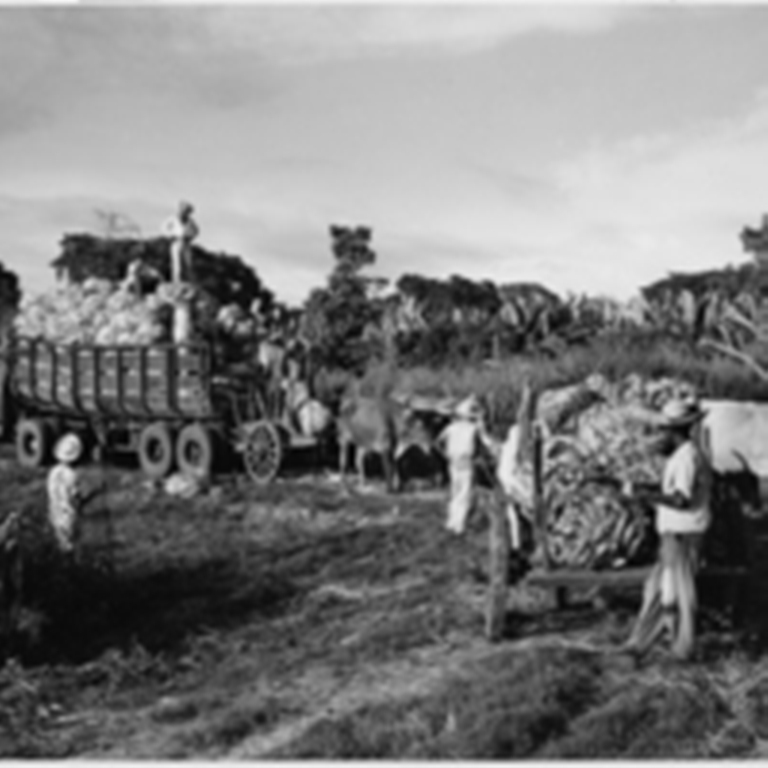
ചോളകൃഷി വിപ്ലവം
RF ന്റെ മെക്സിക്കന് അഗ്രികള്ച്ചര് പ്രോഗ്രാമിന് അതോടെ തുടക്കമായി. 1943 മുതല് 1965 വരെ നീണ്ട വലിയ പ്രയത്നമായിരുന്നു അത്. പിന്നീട് RF പ്രസിഡന്റായിതീര്ന്ന ജെ.ജോര്ജ്ജ് ഹരാറായിരുന്നു നേതൃത്വം കൊടുത്തത്. കോര്ണ് ബ്രീഡര് എഡ്വിന്.ജെ.വെല്ഹൂസണ്,സോയില് സയന്റിസ്റ്റ് വില്യം.ഇ.കോള്വെല്,പൊട്ടറ്റോ ബ്രീഡര് ജോണ് നീഡര്പോസര്, പ്ലാന്റ് പതോളജിസ്റ്റ് നോര്മന്.ഇ.ബോര്ലാഗ് എന്നിവരായിരുന്നു സഹായികള്.ഇവര് ലോക ഭക്ഷ്യരംഗത്തിന് നല്കിയ സംഭാവനകളെ അധികരിച്ച് 1970 ല് ജോര്ജ്ജ് ഹരാറിന് നോബല് സമ്മാനം ലഭിക്കുകയുണ്ടായി. മെക്സിക്കോ സിറ്റിയില് ഓഫീസ് സ്ഥാപിച്ച് ചാപിന്ഗോയില്(Chapingo) സര്ക്കാര് നല്കിയ 150 ഏക്കര് ഭൂമിയില് ആരംഭിച്ച നാഷണല് സ്കൂള് ഓഫ് അഗ്രികള്ച്ചറില് പരിശീലനവും ഫീല്ഡ് പരീക്ഷണങ്ങളും ആരംഭിച്ചു. മെക്സിക്കന് ജനതയുടെ പ്രിയഭക്ഷണം ചോളമായതിനാല് ഗോതമ്പിനേക്കാളും പ്രാധാന്യം നല്കിയത് ചോളത്തിനായിരുന്നു. വെല്ഹൂസണ് 800 ഇനം മെക്സിക്കന് കോണുകള് ശേഖരിച്ചു. വിവിധ മണ്ണില്,വിവധ കാലാവസ്ഥകളില്,വിവധ താപത്തിലും ഉയരങ്ങളിലും പരീക്ഷണങ്ങള് നടത്തി. മെക്സിക്കോയുടെ പ്രത്യേകമായ കാലാവസ്ഥിയല് അമേരിക്കന് കോണ് വെറൈറ്റികള് പ്രയോഗിക്കുക പ്രായോഗികമല്ലെന്ന് വിദഗ്ധര് മനസിലാക്കിയിരുന്നു.

Rocamex
വാന്ഹൂസണ് മികച്ച വിത്തുകള് കണ്ടെത്തി നേരത്തെ അത് ലഭിക്കാതിരുന്ന പ്രദേശത്തെ കര്ഷകര്ക്ക് നല്കി. മികച്ച ചോളങ്ങള് തോട്ടത്തില് അടുത്തടുത്തായി വളര്ത്തി ക്രോസ് പോളിനേഷന് നടത്തി. അവയെ വീണ്ടും ഇന്റര് ക്രോസിംഗ് ലൈനില് നട്ടു. ഇത്തരത്തില് ഡബിള് ടോപ് ക്രോസ് സിന്തറ്റിക് വികസിപ്പിച്ചു. ഇങ്ങിനെ ഉത്പ്പാദിപ്പിച്ച മികച്ച വിത്തുകള് കര്ഷകര്ക്ക് കൃഷി ചെയ്യാനായി നല്കി. 1947-ഓടെ 10 പുതിയ ഇനം വിത്തുകള് കര്ഷകര്ക്ക് ലഭ്യമാക്കി. മെക്സിക്കോ വിത്ത് വിതരണത്തിനായി 1947 ല് കോണ് കമ്മീഷന് രൂപീകരിച്ചു.പല ഇടങ്ങളിലും ഭൂമി പാട്ടത്തിനെടുത്ത് വിത്തുകള് ഉത്പ്പാദിപ്പിച്ച് വിതരണം ചെയ്തു. ആദ്യം ഇത്തരത്തില് വിതരണം ചെയ്ത വിത്തിന് RF- മെക്സിക്കോ കൂട്ടായ്മയുടെ ഓര്മ്മയ്ക്കായി 'ROCAMEX' എന്നു പേരിട്ടു. ചുരുക്കത്തില്, 1948 ല്, 5 വര്ഷത്തെ ശ്രമഫലമായി മെക്സിക്കോ കോണ് ഉത്പ്പാദനത്തില് സ്വയം പര്യാപ്തയായി.
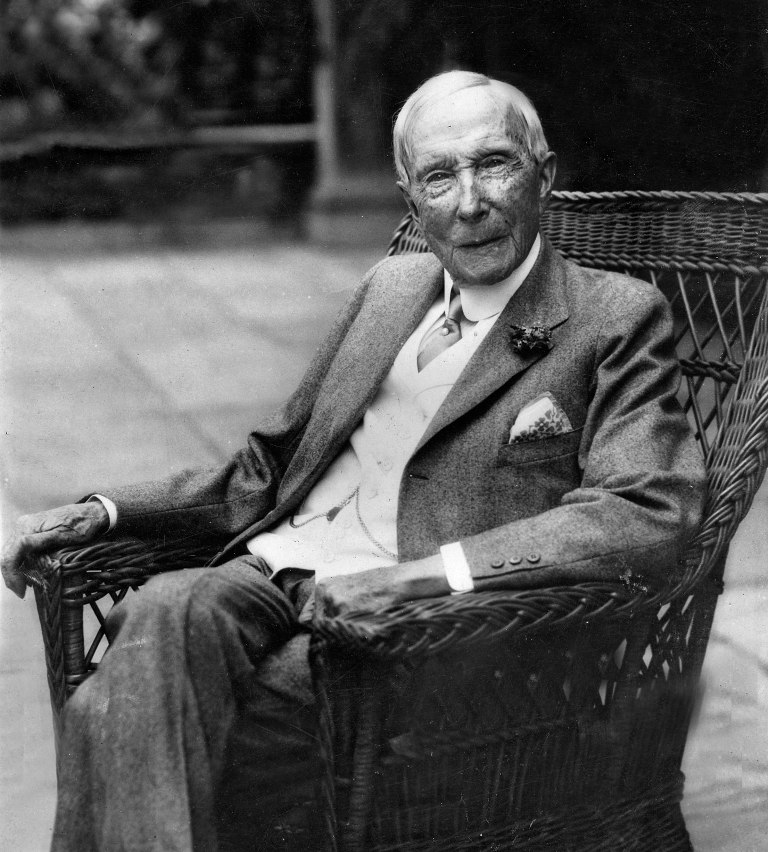
ഗോതമ്പ് കൃഷി മൂന്നിരട്ടിയായി
എന്നാല് ഗോതമ്പിന്റെ കാര്യത്തില് ഇത് കുറച്ചുകൂടി സമയമെടുത്ത പ്രവര്ത്തനമായിരുന്നു. ഗോതമ്പ് വിളയുന്ന സമയത്ത് അതിനെ ആക്രമിക്കുന്ന ഫംഗസ് ഉണ്ടാക്കുന്ന stem rust ആയിരുന്നു ബോര്ലാഗിനെ അലട്ടിയ വലിയ പ്രശ്നം. പാടം മുഴുവന് നശിപ്പിക്കുന്നത്ര ഭീകരമായിരുന്നു ഫംഗസാക്രമണം. പരീക്ഷണങ്ങള് ഒന്നു തെളിയിച്ചു. പ്രാദേശിത ഇനങ്ങളേക്കാള് പ്രതിരോധ ശേഷി വിദേശ ഇനങ്ങള്ക്കുണ്ട്. എന്നുമാത്രമല്ല അധികം വിളവു ലഭിക്കുന്ന ഇനങ്ങളാണ് പ്രതിരോധിക്കുന്നവ. ഇതോടെ മണ്ണ് മെച്ചമാക്കുന്ന നൈട്രജന് സപ്ലിമെന്റേഷനും പുത്തന് ഹൈബ്രിഡ് ക്രോസുകളുടെ ഉപയോഗവും ചാപ്പിന്ഗോ ഫാമില് നിന്നും ഷട്ടില് ബ്രീഡിംഗ് എന്ന രീതിയില് വിത്തുകളെ സൊലോറയിലേക്ക് മാറ്റുന്ന പരീക്ഷണവും തുടങ്ങി. പൊക്കം കുറഞ്ഞയിനം അമേരിക്കന് വിത്തുകളായ 'Norin' കൃഷി ചെയ്യാനും തുടങ്ങി. ഇങ്ങെന 1956 -ഓടുകൂടി ഗോതമ്പിലും മെക്സിക്കോ സ്വയം പര്യാപ്തത കൈവരിച്ചു. 20 വര്ഷത്തെ മെക്സിക്കന് അഗ്രികള്ച്ചറല് പ്രോഗ്രാം(MAP) വഴി ഗോതമ്പ് ഉത്പ്പാദനം മൂന്നിരട്ടിയായി.
CIMMYT
കര്ഷകരെ വിദ്യാഭ്യാസപരമായി ശാക്തീകരിച്ചു എന്നതായിരുന്നു പദ്ധതിയുെട പ്രധാന നേട്ടം.1945 ല് ഡോ.ഡൊറോത്തി പാര്ക്കറിന്റെ നേതൃത്വത്തില് San jacinto യില് ആധുനിക ഗവേഷണ ലൈബ്രറി സ്ഥാപിച്ചു. പില്ക്കാലത്ത് ലാറ്റിനമേരിക്കയിലെ ഗവേഷകരെ ആകര്ഷിക്കുന്ന കേന്ദ്രമായി ഇത് മാറി. മെക്സിക്കയില് അഗ്രോണമിസ്റ്റുകളെ സൃഷ്ടിക്കാനും മെക്സിക്കന് കാര്ഷികരംഗത്തെ മുന്നോട്ടു നയിക്കാന് അവരെ പ്രാപ്തരാക്കാനും റോക്ഫെല്ലര് ഫൗണ്ടേഷന് കഴിഞ്ഞു . അവര്ക്ക് ഫീല്ഡ് പരിശീലനവും യുഎസ് വിദഗ്ധരുടെ ക്ലാസും നല്കി. പുസ്തകം മാത്രം പഠിച്ചിരുന്ന മെക്സിക്കന് അഗ്രോണമിസ്റ്റുകളെ ഫീല്ഡില് ഇറക്കി കര്ഷകര്ക്കൊപ്പം നിര്ത്തി. 550 ലേറെ അഗ്രി ഗ്രാഡ്വേറ്റുകളെ OSS ന്റെ ഭാഗമാക്കി ശാക്തീകരിച്ചു. ഇവരില് പകുതിയോളം പേര്ക്ക് അമേരിക്കയില് ഉന്നത പഠന സൗകര്യവുമൊരുക്കി. മെക്സിക്കന് വിജയത്തോടെ 1950 ല് RF കൊളംബിയയിലും 1955 ല് ചിലിയിലും കാര്ഷിക രംഗത്ത് മാറ്റത്തിന് നാന്ദി കുറിച്ചു. ഇക്വഡോറിലും പെറുവിലും സര്ക്കാരിന് ഉപദേശം നല്കി. മെക്സിക്കന് അഗ്രികല്ച്ചര് പ്രോഗ്രാമാണ് ഇന്റര്നാഷണല് മെയ്സ് ആന്റ് വീറ്റ് ഇംപ്രൂവ്മെന്റ് സെന്റര്( CIMMYT) എന്ന സ്ഥാപനത്തിന് പ്രേരകമായതും.
The World's First Green Revolution - A Mexican Story
The Rockefeller Foundation made the Green Revolution a reality in Mexico years before the Green Revolution in India. The Mexican story also inspired the Foundation to move from the health sector to agriculture.
Story line
John A. Ferrell, associate director of the Rockefeller Foundation's International Health Division (IHD), urged the RF leadership in the 1930s to intervene in projects to strengthen Mexico's agricultural sector, but they did not listen. But changes around the world in the 1940s prompted the RF leadership to change its mind. Rockefeller had to abandon projects in Europe and Asia due to World War II. Then it became necessary to provide another place for the employees. Meanwhile, Mexican President Manuel Avila Camacho called on the United States to help improve the Mexican agricultural sector and boost economic growth. It is in this context that RF first focuses on agriculture.
US Vice President Henry A. Wallace, a prominent Iowa corn breeder attended the inaugural event of the Rockefeller Intervention. After visiting farms in the vicinity of Mexico City, he told the RF president that if the production of corn and beans in Mexico could be increased, these people would need nothing more. Although the population was small compared to the total land area, the Mexican people were suffering from all the disadvantages of a highly populated country. The problems were hunger, poverty and poor food production. The RF first sent a three-member expert committee to study the situation. In July 1941, Elvin Stockmann of the University of Minnesota, Paul Manglesloudorf of Harvard and Richard Bradfield of Cornwall University traveled 5,000 miles in a station wagon for 2 months. This journey is now considered the cornerstone of the Green Revolution. Based on their report, the Foundation began its work in Mexico by appointing trained agronomists in the US and a handful of social workers interested in Mexico. The RF adopted a top to down approach, as there were no skilled academics or practitioners in Mexico at the time.
Thus began the RF's Mexican Agriculture Program. It was a great effort from 1943 to 1965. It was led by J. George Harare, who later became RF president. He was assisted by corn breeder Edwin J. Welhausen, soil scientist William E. Colwell, potato breeder John Nederposer, and plant pathologist Norman E. Borlaug. He set up office in Mexico City and began training and field trials at the National School of Agriculture in Chapingo, on 150 acres of government-provided land. Since corn was the favorite food of the Mexican people, corn was given more prominence than wheat. Welhuson collected 800 varieties of Mexican corn varieties. Experiments were carried out on different soils, in different climates, at different temperatures and altitudes. Experts realized that it was impractical to apply American corn varieties to Mexico's particular climate.
Van Hussen found the best seeds and gave them to farmers in areas where they had not previously received them. The best maize was grown close to each other in the garden and cross-pollinated. They were planted again at the intersection line. Thus Double Top Cross Synthetic was developed. The best seeds produced in this way were given to the farmers for cultivation. By 1947, 10 new varieties of seeds were made available to farmers. The Con Commission was set up in 1947 to distribute seeds in Mexico. Land was leased in many places to cultivate seed. The seed thus first distributed was named 'ROCAMEX' in memory of the RF-Mexico friendship. In short, in 1948, after 5 years of hard work, Mexico became self-sufficient in cone production.
But in the case of wheat, it was a less time consuming process. The biggest problem plaguing Borlaug was the stem rust caused by the fungus that attacks the wheat when it ripens. The fungus attack was so terrible that it destroyed the whole field. Experiments have proven one thing. Foreign varieties are more resistant than local varieties and yields more .With this came the introduction of soil-enhancing nitrogen supplementation, the use of new hybrid crosses and the experiment of transferring seeds from the Chappingo farm to Solara in the form of shuttle breeding. He also started cultivating the short variety American seeds 'Norin'. Thus, by 1956, Mexico had become self-sufficient in wheat. Wheat production has tripled through the 20-year Mexican Agricultural Program (MAP).
The main achievement of the project was the educational empowerment of farmers. In 1945, a modern research library was established in San Jacinto under the leadership of Dr. Dorothy Parker. It later became a center of attraction for researchers in Latin America. The Rockefeller Foundation was able to create agronomists in Mexico and enable them to lead Mexican agriculture. They were given field training and classes by US experts. The Mexican agronomists, who earlier had bookish knowledge , were brought down to the field and given practical training involving the farmers. More than 550 agri graduates have been empowered to be part of the OSS. About half of them were provided higher education in the United States. With the Mexican conquest, RF was credited with transforming agriculture in Colombia in 1950 and Chile in 1955.RF became advisor for the government in Ecuador and Peru. The Mexican Agriculture Program is the impetus for the International Maize
With this came the introduction of soil-enhancing nitrogen supplementation, the use of new hybrid crosses and the experiment of transferring seeds from the Chappingo farm to Solara in the form of shuttle breeding. He also started cultivating the short variety American seeds 'Norin'. Thus, by 1956, Mexico had become self-sufficient in wheat. Wheat production has tripled through the 20-year Mexican Agricultural Program (MAP).
The main achievement of the project was the educational empowerment of farmers. In 1945, a modern research library was established in San Jacinto under the leadership of Dr. Dorothy Parker. It later became a center of attraction for researchers in Latin America. The Rockefeller Foundation was able to create agronomists in Mexico and enable them to lead Mexican agriculture. They were given field training and a class of US experts. The Mexican agronomists, who had studied only the book, were brought down to the field and stopped with the farmers. More than 550 agri graduates have been empowered to be part of the OSS. About half of them have access to higher education in the United States. With the Mexican conquest, RF was credited with transforming agriculture in Colombia in 1950 and Chile in 1955. Advised the government in Ecuador and Peru. The Mexican Agriculture Program is the impetus for the International Maize and Wheat Improvement Center (CIMMYT).
ജൈവകര്ഷകരുടെ എണ്ണത്തില് ഇന്ത്യ ഒന്നാമത്
English Summary: Mexican story-world's first green revolution
We're on WhatsApp! Join our WhatsApp group and get the most important updates you need. Daily.
Join on WhatsAppSubscribe to our Newsletter. You choose the topics of your interest and we'll send you handpicked news and latest updates based on your choice.
Subscribe Newsletters




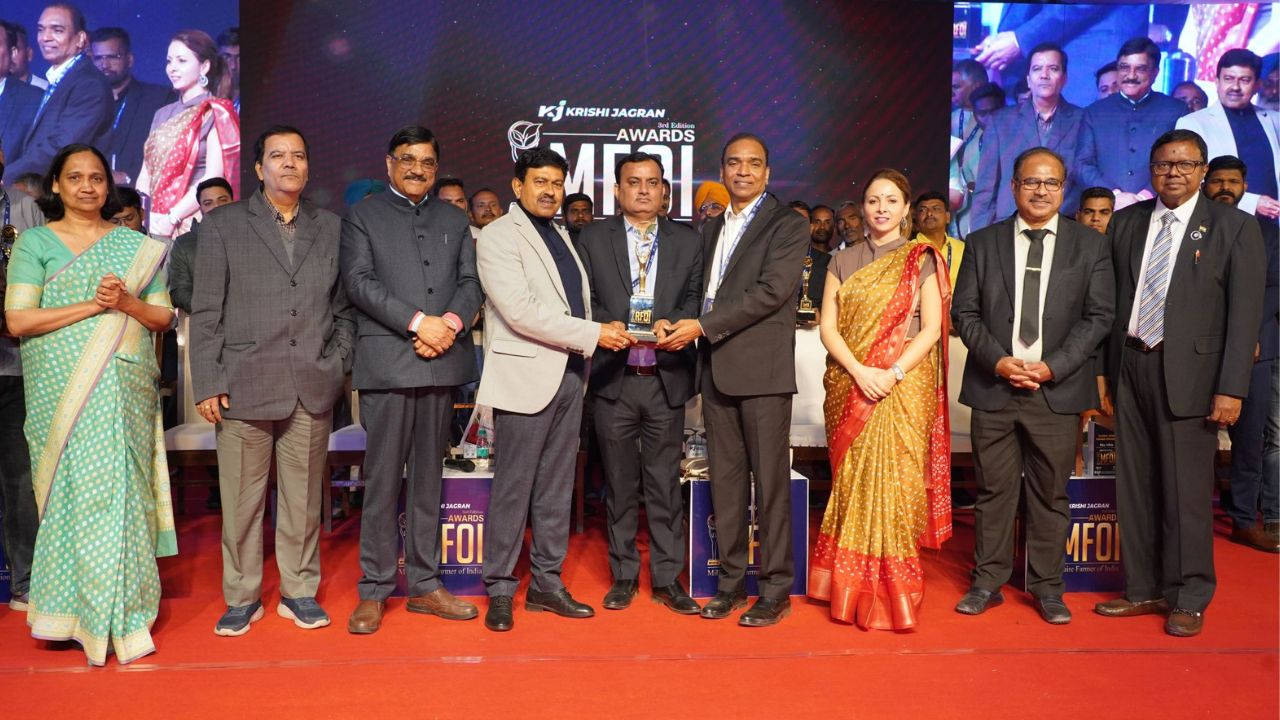

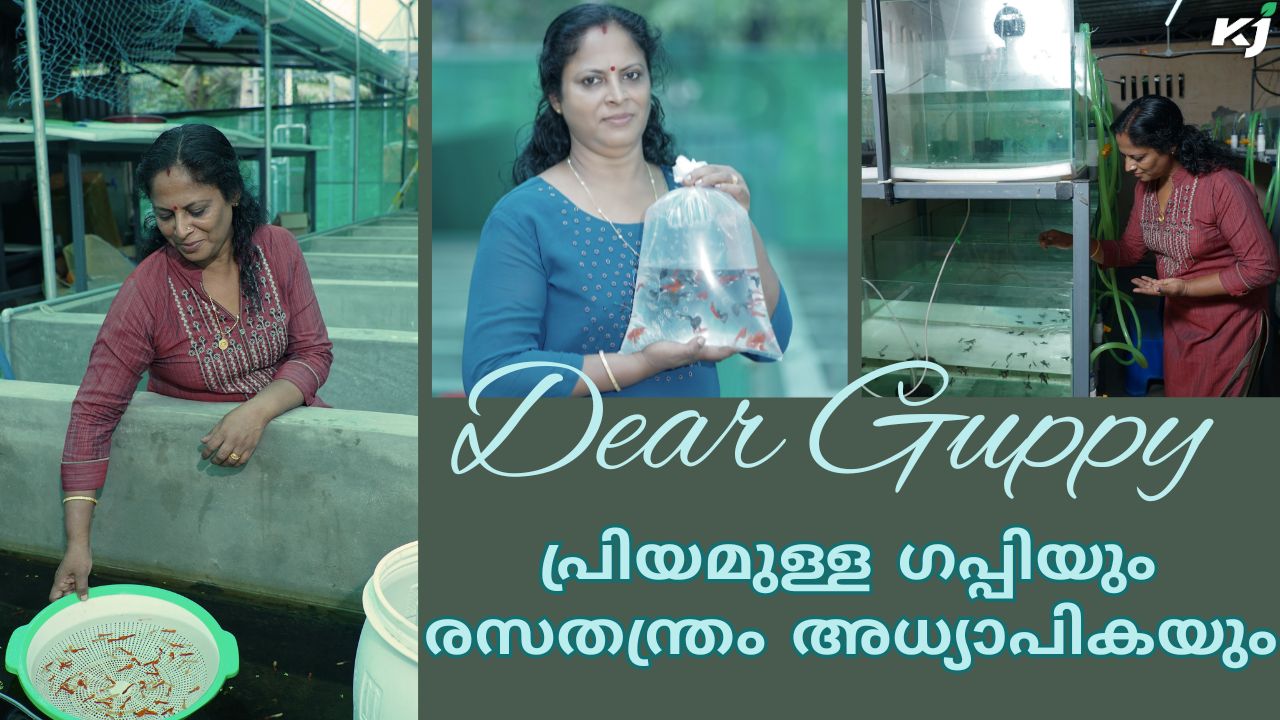

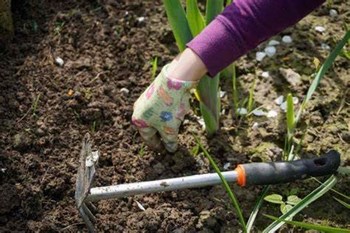



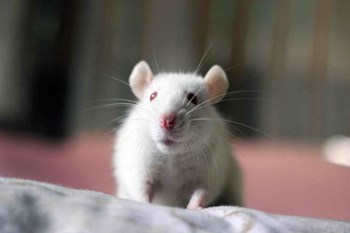












Share your comments